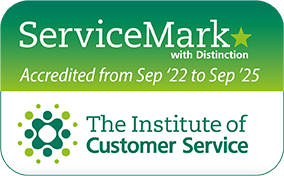We share the ten key steps you will need to take in order to buy your first home.
Here we have broken down the process you will go through when remortgaging your property, so you have a clear idea of where you are in the process and what to expect.
1. Redemption statement
Contact your current lender for a redemption statement for a set date. The statement will confirm how much is currently outstanding on your mortgage, and will include all the fees and costs associated with repaying it at the date given.
2. Agreement in principle (AIP)
Your income and outgoing commitments will be reviewed and the lender will tell you the amount they are willing to lend to you. This agreement is ‘in principle’ in that the details you give will need to be verified when you come to submit your application for your remortgage. The lender will issue a Key Facts Illustration (KFI), which will give you detailed information of the mortgage product they recommend to you. All lenders have to supply you with a KFI before you make your mortgage application.
3. Mortgage application
The application form is used to assess your suitability for the mortgage you have requested. The lender will verify the information and details you provide by carrying out various status enquiries, such as a credit search, confirmation of income etc.
4. Property valuation
A mortgage valuation is an inspection carried out by a valuer to make sure that the property is suitable security for the loan required. The mortgage valuation is carried out for the lender’s purpose but most will provide you with a copy of the valuation report. A valuation is carried out on every mortgage application and is usually instructed at the same time as the status enquiries are made.
5. Mortgage offer
When the lender has approved your mortgage application, a formal offer of mortgage will be made to you. This document will explain the exact terms and conditions of the mortgage contract between you and the lender.
6. Legal process
With remortgages, the new lender usually appoints a solicitor to carry out the necessary legal work or uses Title Insurance. Title Insurance is an indemnity policy, issued in the lenders name, that guarantees the validity of their mortgage and protects against various risks that could arise during the remortgage process e.g. inaccuracies in existing title documentation. The advantage of Title Insurance is that it usually costs less than solicitor’s fees and makes the process more efficient. Check with your lender for the cost of this service.
7. Completion
Completion is the point at which the mortgage deed is signed and executed and all its conditions come into effect. This confirmation provides the lender with the knowledge that the property can safely be accepted as security for the loan. The lender will arrange for the monies to be sent to the solicitor or lender (where title insurance used) on the day before completion and confirm to you the monthly payments required on the mortgage. Your existing mortgage will be repaid and closed.






